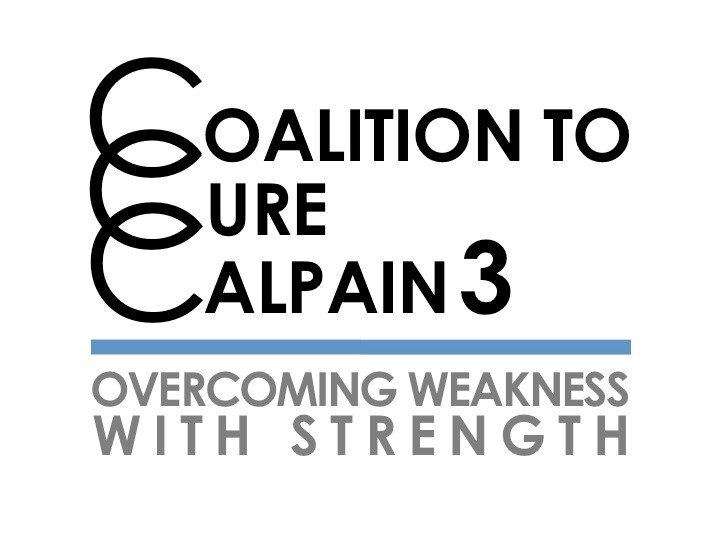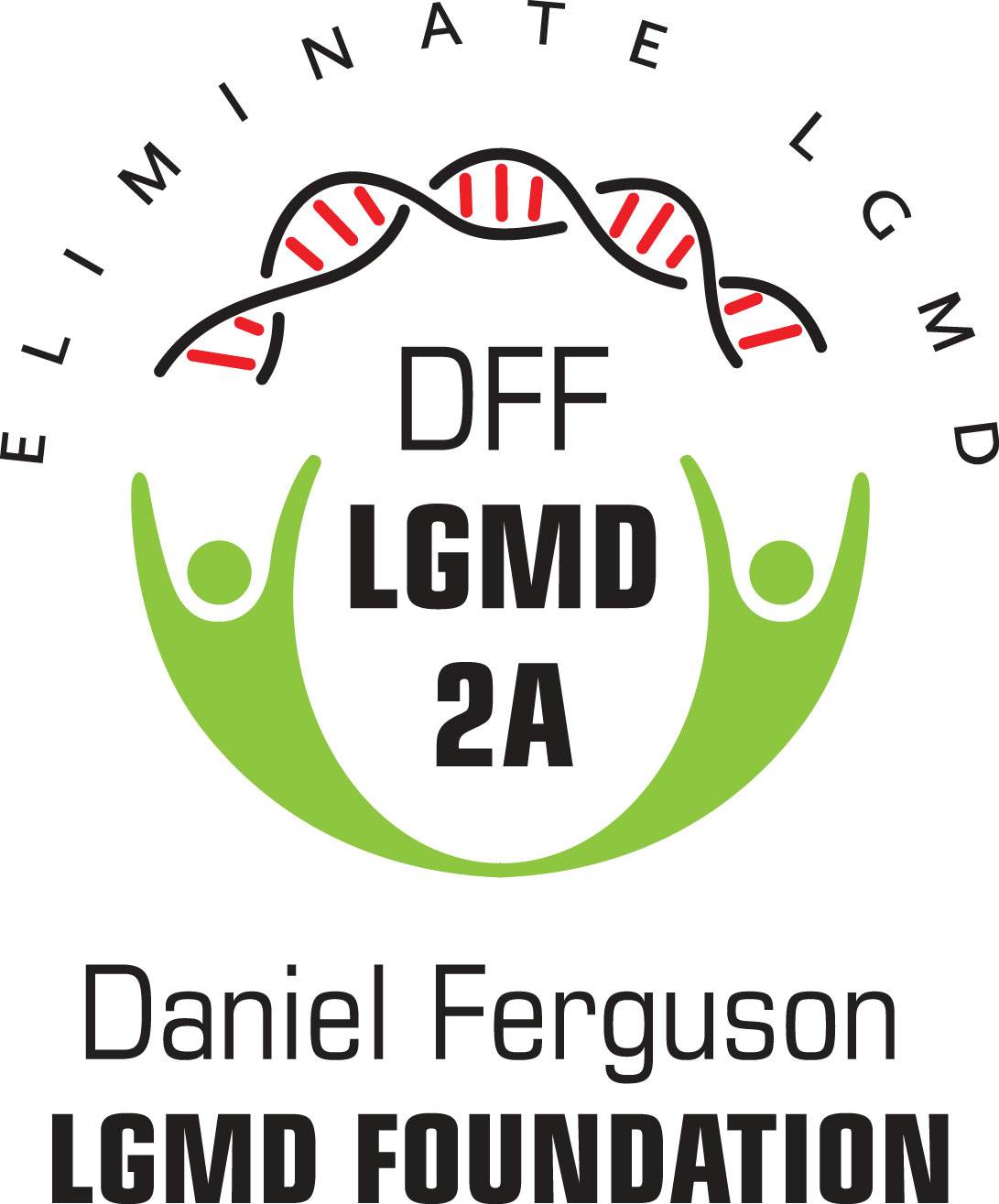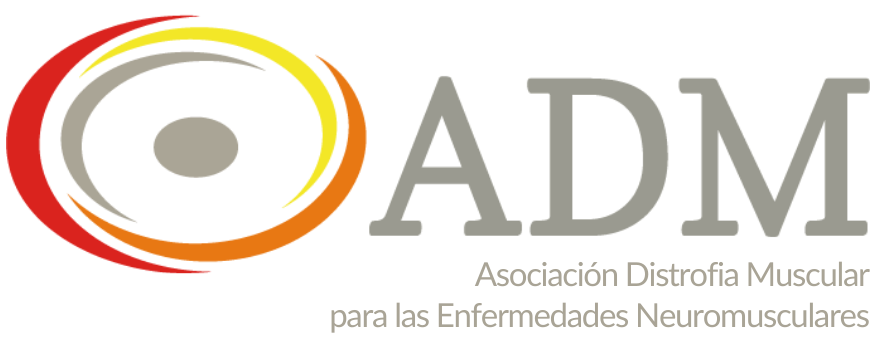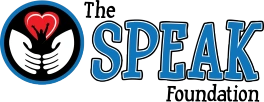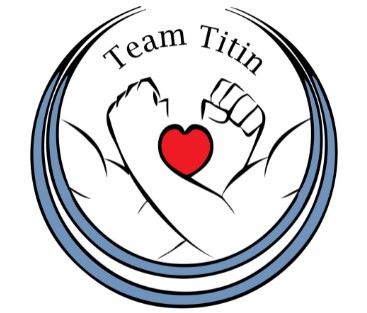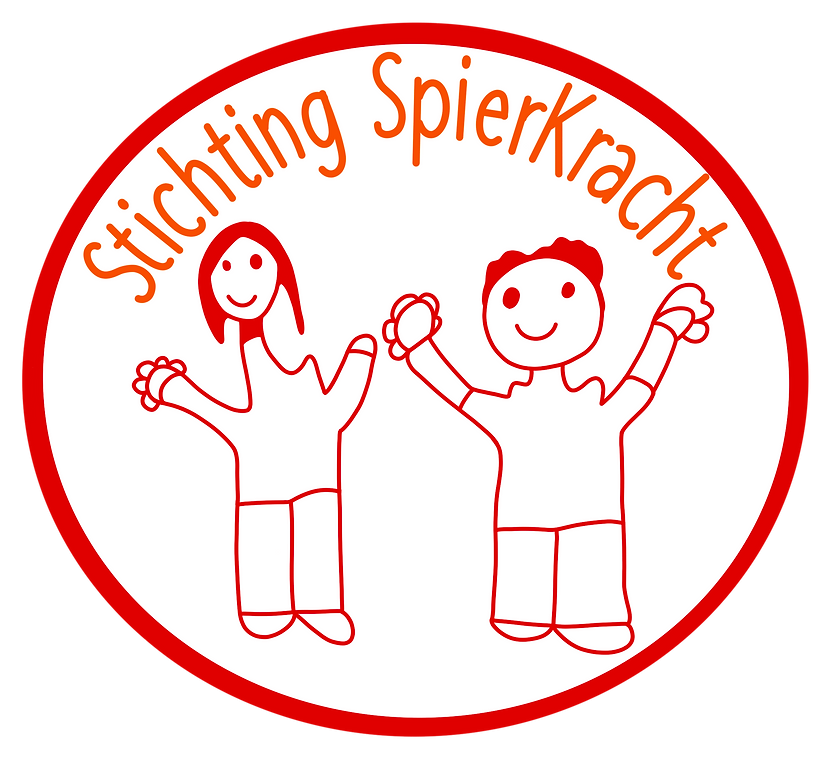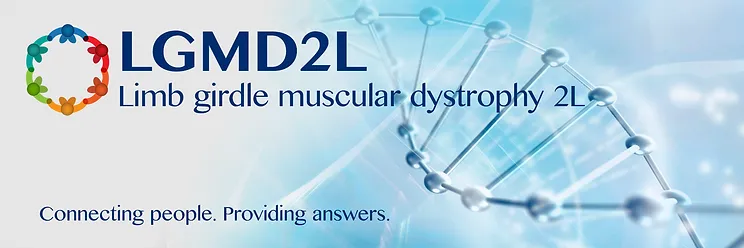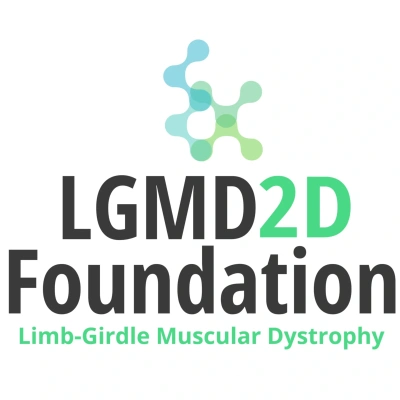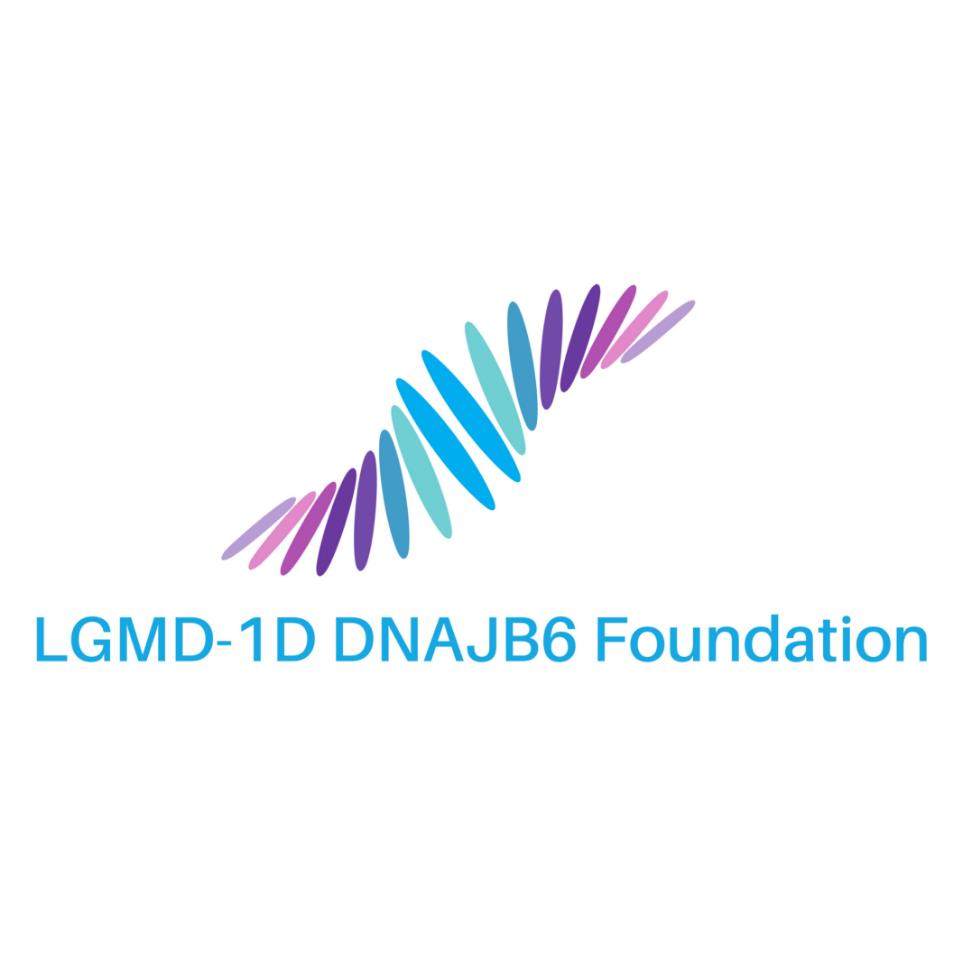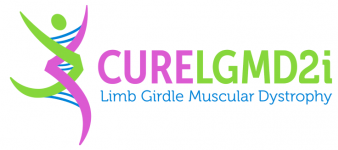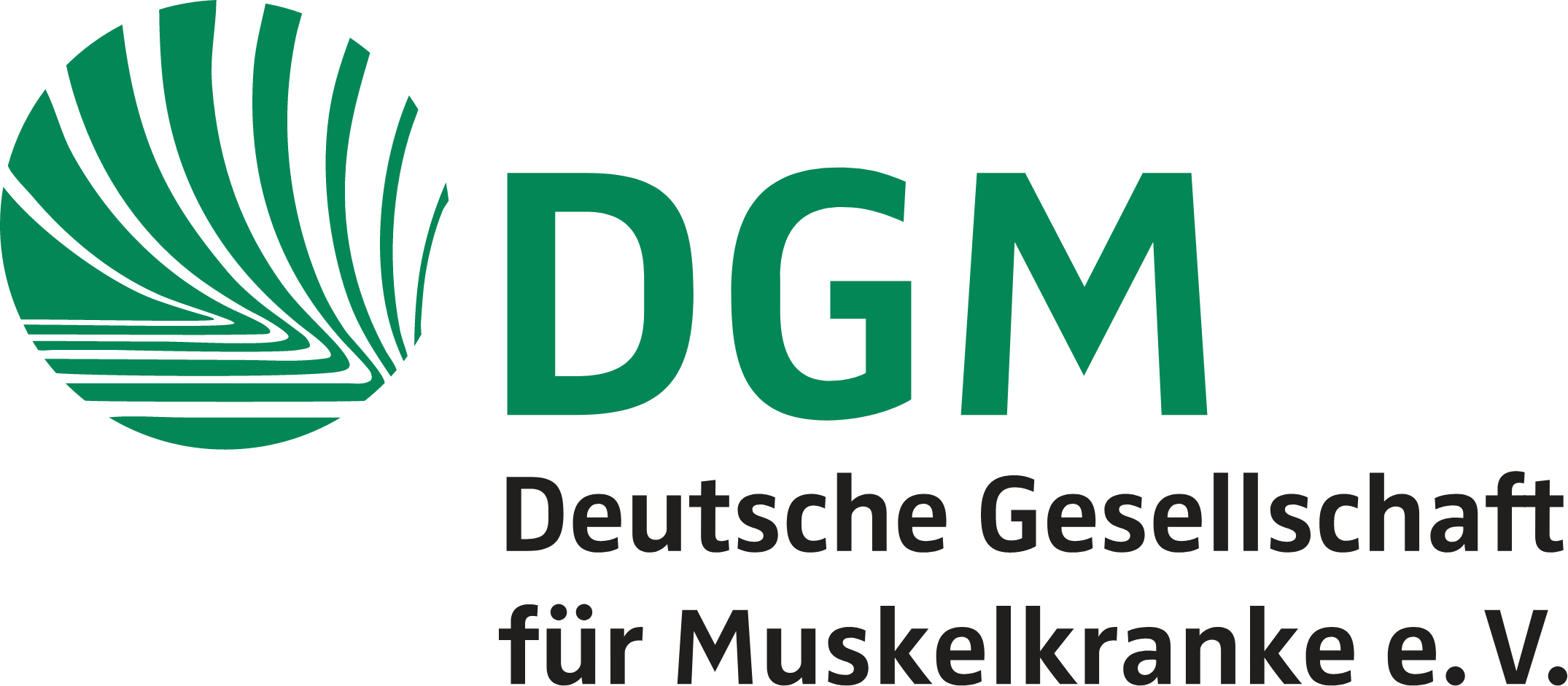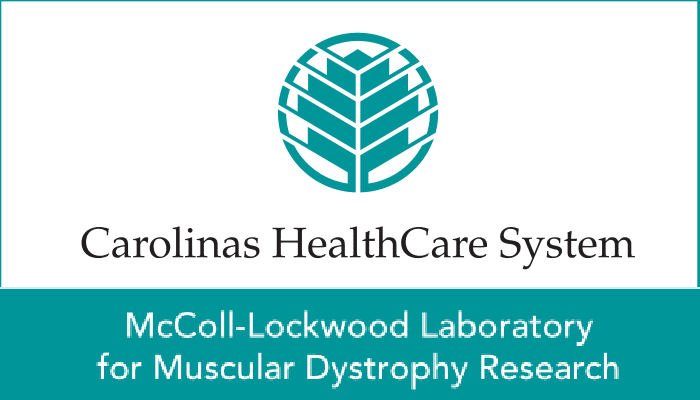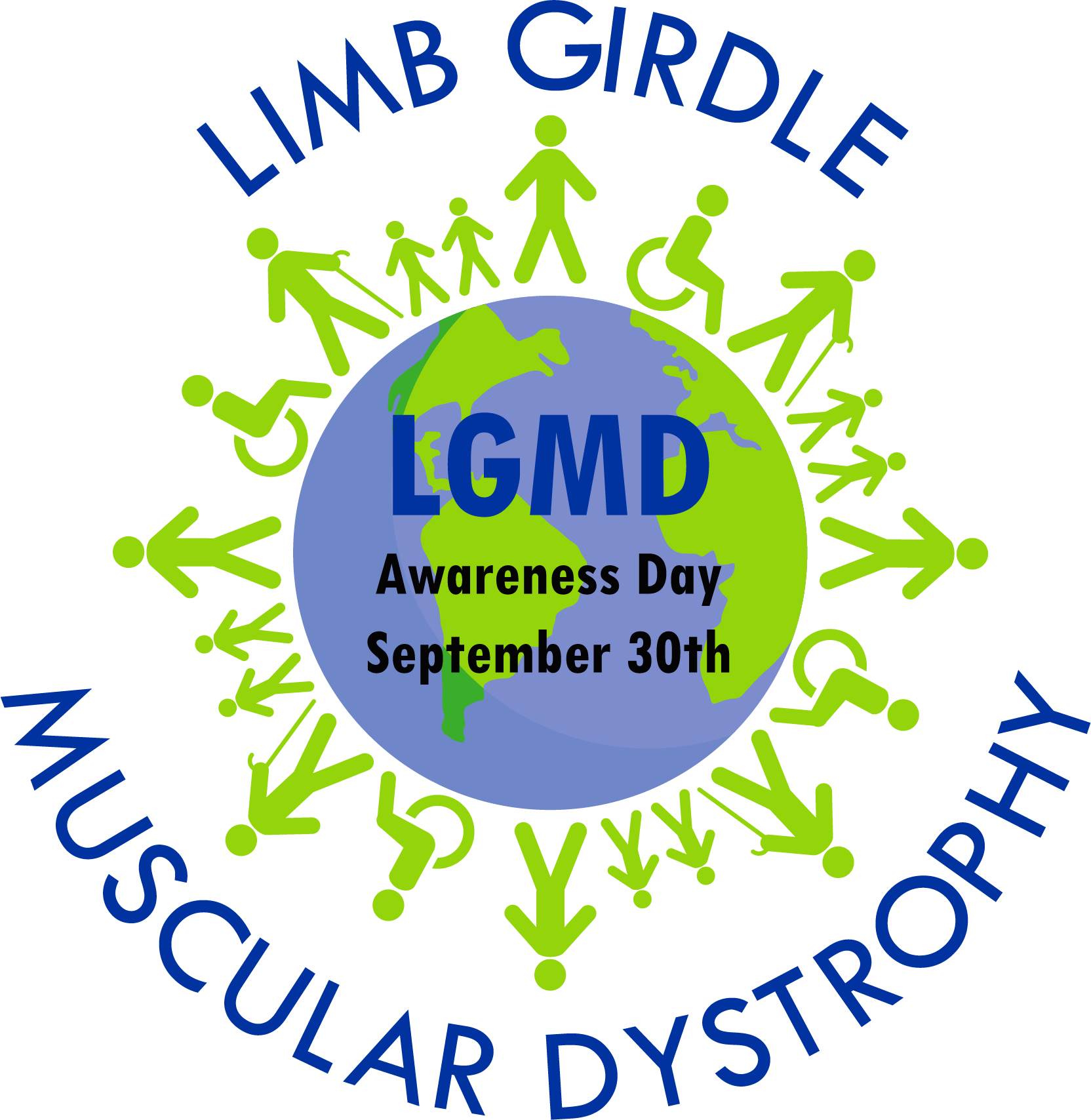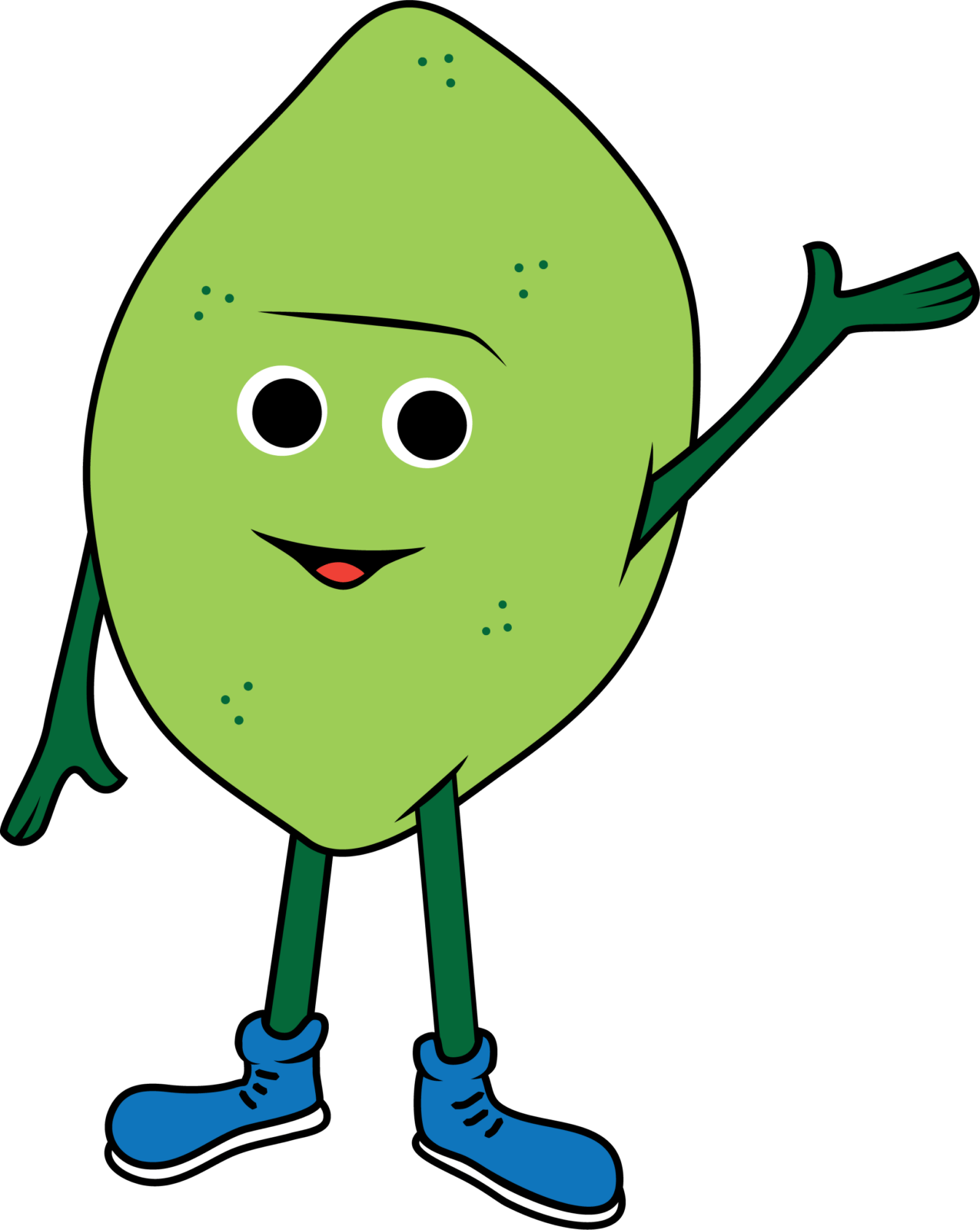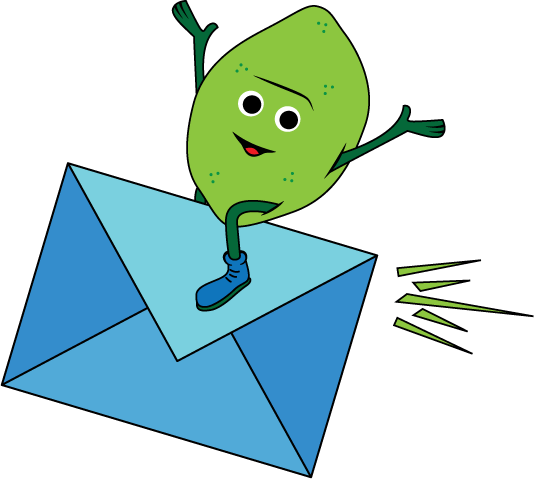An Overview of LGMD
With over 30 genetic sub-types, limb-girdle muscular dystrophy (LGMD) encompasses a group of rare muscular conditions that weaken the ‘limb-girdle’ muscles, those surrounding the shoulders and hips. The severity, age of onset, and characteristics of LGMD differ among the various sub-types and can even vary within the same family. Symptoms can emerge at any age and typically worsen over time, but in some cases, may remain mild.
Early indications of LGMD often include an unusual walking gait, such as waddling or walking on tiptoes, and difficulty running. Those affected may struggle to rise from a squatting position due to weakened thigh muscles. As LGMD progresses, some people may eventually need wheelchair assistance.
LGMD can lead to visible physical changes. Muscle wasting may alter posture or the appearance of the shoulder, back, and arm. Weak shoulder muscles can cause the shoulder blades (scapulae) to protrude, a sign known as scapular winging. Some individuals may also develop an abnormally curved lower back (lordosis), a spine that curves to the side (scoliosis), or joint stiffness (contractures). In some cases, overgrowth (hypertrophy) of the calf muscles can occur.
Certain forms of LGMD can weaken the heart muscle (cardiomyopathy). Some people may also experience mild to severe breathing difficulties due to weakened respiratory muscles. However, it’s important to note that intelligence is typically unaffected by LGMD, although developmental delay and intellectual disability have been reported in some rare forms.
The numerous sub-types of LGMD, each identified by their unique inheritance pattern of the gene mutation, are being better understood each year as research advances. The disorder is classified as either autosomal dominant or autosomal recessive. In 2017, the naming system (nomenclature) for LGMD was updated. [Link to PDF Document: Patient Information Leaflet on New Names for LGMD]
Autosomal Dominant Inheritance: In this pattern, a single parent transmitting the mutated gene can result in the child inheriting the disorder. Despite the other gene from the second parent being unaffected, the faulty gene dominates. Autosomal dominant disorders typically present in every generation without skips.
Autosomal Recessive Inheritance: In this pattern, both parents must carry the faulty gene for their child to inherit the condition. Carriers of the gene usually exhibit no symptoms. A recessive mutation can exist without causing symptoms as long as the other copy of the same gene is healthy. Autosomal recessive disorders typically appear without a known family history of the disorder.
LGMD Facts
Welcome to our comprehensive section on Limb Girdle Muscular Dystrophy (LGMD) facts. Here, we’ll delve into a wide range of topics including Basic Information & Definitions, Genetics & Inheritance, Detection & Progression, and Impact on Daily Life & Management. We’ll also explore the Specific Types & Variations of LGMD, the Physical Impact & Symptoms, and the latest in Treatment & Research. Our goal is to provide you with a deep, well-rounded understanding of LGMD, empowering you with knowledge and shedding light on this complex condition.
Basic Information & Definitions
Dive into the fundamental concepts and terminologies that form the basis of understanding Limb Girdle Muscular Dystrophy (LGMD).
The name comes from the fact that the disease causes muscle weakness primarily in the hips and shoulders. The shoulder ‘girdle’ is the bony structure that surrounds the shoulder area, and the pelvic ‘girdle’ is the bony structure surrounding the hips. Collectively, these are called the “limb girdles”, and it is the muscles connected to the “limb girdles” that are the most affected in LGMD. (Although some forms of LGMD can cause muscle weakness that starts primarily in the lower part of the limbs.)
The muscles most commonly affected by LGMD are those closest to the body (proximal muscles)…shoulders, upper arms, thighs, and pelvic area. Whereas distal muscles, those further away from the body (such as hands and feet) may become affected in late stages of LGMD, if at all. Over time, the individual with LGMD loses muscle bulk and strength.
A disease or disorder is defined as rare in Europe when it affects less than 1 in 2000. In the USA a disease or disorder is defined as rare when it affects fewer than 200,000 Americans at any given time.
LGMD is also known to occur among all ethnic groups.
LGMD occurs in all parts of the world and can be diagnosed in women and men. Symptoms can first appear at any age – childhood, teens, adulthood.
Genetics & Inheritance
Explore the intricate genetic patterns and inheritance mechanisms that contribute to the onset of Limb Girdle Muscular Dystrophy (LGMD).
People are born with LGMD which is caused by specific gene mutations. LGMD is not contagious or caused by an injury or any specific activity.
LGMD Sub-types with a “1” in the nomenclature (such as LGMD1A, LGMD1B, LGMD1C) have an autosomal dominant inheritance pattern. In autosomal dominant inheritance, only one parent needs to transmit the mutated gene for the disorder to be inherited. Even though the matching gene from the other parent is unaffected, the faulty gene dominates. Autosomal dominant disorders typically appear in every generation without skips.
LGMD Sub-types with a “2” in the nomenclature (such as LGMD2A, LGMD2B, LGMD2C) have an autosomal recessive inheritance pattern. In autosomal recessive inheritance, both parents must be carriers of the faulty gene for their child to inherit the disease. Most forms of LGMD are inherited in a recessive (type 2) pattern.
Limb Girdle Muscular Dystrophy does not discriminate! Females and males can inherit this progressive neuro-muscular disease.
LGMD which is caused by specific gene mutations that people inherit. LGMD is not contagious or caused by an injury or any specific activity.
LGMD sub-types with a “1” in the nomenclature (such as LGMD1A, LGMD1B) have an autosomal dominant inheritance pattern. In autosomal dominant inheritance, only one parent needs to transmit the mutated gene for the disorder to be inherited. Even though the matching gene from the other parent is unaffected, the faulty gene dominates. Autosomal dominant disorders typically appear in every generation without skips.
Detection & Progression
Early detection and the progression timeline associated with Limb Girdle Muscular Dystrophy (LGMD).
It’s not yet possible to predict the course of LGMD in an individual. The rate of progression can vary from person to person even within the same LGMD sub-type. Some forms of the disorder progress to loss of walking ability within a few years and cause serious disability, while others progress very slowly over many years and cause minimal disability. At this time, progression in each type of LGMD can’t be predicted with certainty, although knowing the genetic mutation underlying your disease can be helpful.
Typically, the earlier the onset of the disease, the more severe the symptoms over time. The speed of progression varies between people and is often not linear.
The severity, age of onset, and features of limb-girdle muscle dystrophy vary among the many subtypes of this condition and may be inconsistent even within the same family. Signs and symptoms may first appear at any age and generally worsen with time, although in some cases they remain mild.
Early in the diagnostic process, doctors often order a special blood test called a CK level. CK stands for creatine kinase, an enzyme that leaks out of damaged muscle. When elevated CK levels are found in a blood sample, it usually means muscle is being destroyed by some abnormal process, such as a muscular dystrophy or inflammation. Therefore, a high CK level suggests that the muscles themselves are the likely cause of the weakness, but it doesn’t tell exactly what the muscle disorder might be.
CK levels are often raised in some LGMD sub-types but can be normal in other forms of LGMD. During the diagnostic process, the CK level is one clue that can help a physician distinguish between different LGMD sub-types and other muscle diseases. A diagnosis usually involves combining information from the patient’s symptoms and various tests including serum creatine kinase (CK), muscle biopsy, electromyogram (EMG) testing and genetic testing.
Early Symptoms Of Limb Girdle Muscular Dystrophy May Include Difficulty Climbing Stairs, Frequent Falls, Difficulty Rising From A Seated Position Or Even The Inability To Stand On Their Toes
Limb girdle muscular dystrophy (LGMD) is a group of genetic diseases that cause progressive weakness and wasting of the muscles in the shoulders and hips. The symptoms of LGMD can vary widely, but they often begin in childhood or adolescence.
Some of the early symptoms of LGMD may include:
- Difficulty climbing stairs
- Frequent falls
- Difficulty rising from a seated position
- Inability to stand on their toes
- Weakness in the arms and legs
- Muscle cramps
- Fatigue
Impact on Daily Life & Management
Discover the daily challenges posed by Limb Girdle Muscular Dystrophy (LGMD), and learn about effective strategies for management and adaptation.
It’s not yet possible to predict the course of LGMD in an individual. The rate of progression can vary from person to person even within the same LGMD sub-type. Some forms of the disorder progress to loss of walking ability within a few years and cause serious disability, while others progress very slowly over many years and cause minimal disability. At this time, progression in each type of LGMD can’t be predicted with certainty, although knowing the genetic mutation underlying your disease can be helpful.
As muscle weakness progresses, an individual with LGMD may experience a change in their posture. Scoliosis refers to an abnormal side-to-side curvature of the spine. And, an abnormal front-to-back curvature of the lower spine is known as lordosis.
For individuals with a physical disability such as the muscle weakness caused by LGMD, there are still many adaptive sports and recreation programs that can be enjoyed for health, wellness, leisure, social, and competition benefits.
Some of the adaptive sports for individuals with disabilities include horseback riding, golf, water skiing, parachuting, paddling, sailing, tennis, basketball, hockey, target shooting, archery, pool, fishing, hunting, table tennis, snorkeling, bowling, scuba, snow skiing, and many more.
Before participating in recreational activities or sports, check with your physical therapist or physician to be sure that you are healthy enough for exercise, and what amounts of physical activity are safe for you. A physical therapist can help you determine possible modifications to equipment, and advise which activities might be best for you.
Several organizations are devoted to providing people with disabilities the opportunity to enjoy sports and recreation of all types. You may want to check with your local rehab facility or contact a sports club or association to see if an adaptive program is available in your area.
It is important that individuals with LGMD have a Primary Care Physician (such as a family practitioner, internist, pediatrician) in addition to their neurologist.
The Primary Care Physician would be the doctor which would be seen for any routine medical care. Remember, having a diagnosis of LGMD is no protection against common illnesses — such as ear infections and chicken pox in children, or high blood pressure, diabetes, and cancer in adults — so you’ll want to have a primary care doctor! A Primary Care Physician can always make referrals to any specialty doctors and/or other health care professionals, as needed.
Specific Types & Variations
Delve into the diverse types and variations of Limb Girdle Muscular Dystrophy (LGMD), each with its unique genetic origins and clinical presentations.
Genetic testing using a saliva or blood sample is utilized to confirm a diagnosis of LGMD based on the known gene mutation.
LGMD sub-types with a “1” in the nomenclature (such as LGMD1A, LGMD1B) have an autosomal dominant inheritance pattern. In autosomal dominant inheritance, only one parent needs to transmit the mutated gene for the disorder to be inherited. Even though the matching gene from the other parent is unaffected, the faulty gene dominates. Autosomal dominant disorders typically appear in every generation without skips.
If a person affected with an autosomal dominant disorder decides to have children, each offspring has a 50% chance of inheriting the faulty gene and developing the disorder. Children who do not inherit the affected gene will not develop or pass the disorder to their offspring.
Those individuals with an autosomal dominant pattern of LGMD are classified as “type 1.” When the specific mutated gene is identified, a letter is then assigned to designate the specific LGMD sub-type. For example, an individual who has inherited a mutation in the CAV3 gene in a dominant pattern is identified as having LGMD Type 1C or LGMD1C.
LGMD sub-types with a “2” in the nomenclature (such as LGMD2A, LGMD2B) have an autosomal recessive inheritance pattern. In autosomal recessive inheritance, both parents must be carriers of the faulty gene for their child to inherit the disease. A carrier harbors the faulty gene but usually shows no symptoms. When a mutation is recessive, it can exist in a person without showing any symptoms so long as their other copy of the same gene is healthy. The unaffected gene masks the mutation. However, if a child inherits two copies of the mutated gene, there is no healthy alternative to block the faulty gene out, and so the symptoms manifest themselves.
If both parents have one copy of the mutated gene, with each pregnancy, there is a 25% chance the child will receive a faulty gene from each parent and thus be affected by the disorder. If the child inherits a faulty gene from one parent only, he or she will be an unaffected carrier of the disorder. Autosomal recessive disorders typically appear when there is no known family history of the disorder
Those individuals with an autosomal recessive pattern of LGMD are classified as “type 2”. When the specific genes are identified a letter is then assigned to designate the specific sub-type. For example, an individual who has inherited a mutation in the CAP3 gene in a recessive pattern would be identified as having LGMD Type 2A or LGMD2A.
Most forms of LGMD are inherited in a recessive (type 2) pattern.
The naming system for LGMDs (types with dominant inheritance are 1A, 1B, etc., types with recessive inheritance are 2A, 2B, …) was created in 1995 when only a few genes responsible for LGMD were identified. Now, so many genetic forms of LGMD have been found that for the recessive types of LGMD, the alphabet has been exhausted: 2A through 2Z have all been assigned to different genes. This led to an international meeting of LGMD experts which took place in the Netherlands in March 2017 to come up with a new naming system as more genetic types are discovered.
It’s not yet possible to predict the course of LGMD in an individual. The age of onset and rate of progression can vary from person to person even within the same LGMD sub-type. Although the progression in each type of LGMD can’t be predicted with certainty, knowing the genetic mutation underlying your disease can be helpful for medical management.
For resources to obtain genetic testing for LGMD, please visit the LGMD Resource page on our website. It is very important for you to get a genetically confirmed LGMD diagnosis. If your doctor tells you that you have an LGMD but doesn’t genetically confirm it, your diagnosis is incomplete.
The muscles most commonly affected by LGMD are generally those closest to the body (proximal muscles)…shoulders, upper arms, thighs, and pelvic area. Over time, the individual with LGMD loses muscle bulk and strength.
Physical Impact & Symptoms
Understand the physical impacts and varied symptoms experienced by individuals living with Limb Girdle Muscular Dystrophy (LGMD).
Whereas distal muscles, those further away from the body (such as hands and feet) may become affected in late stages of LGMD, if at all. Over time, the individual with LGMD loses muscle bulk and strength.
The heart can be affected in some forms or sub-types of LGMD, but this doesn’t occur as often as it does in some other forms of muscular dystrophy. Heart problems can take two forms — weakness of the heart muscle (cardiomyopathy) and abnormal transmission of signals that regulate the heartbeat (conduction abnormalities or arrhythmias). The heart should be monitored for these complications. When necessary, medications or devices (such as pacemakers) can be used to treat them. Heart abnormalities are not associated with all LGMD sub-types.
The muscles of the respiratory system may also become involved in some forms or sub-types of LGMD resulting in difficulty swallowing (dysphagia), slurred speech (dysarthria), and/or breathing difficulties. Breathing difficulties may become progressively worse as the disease progresses.
Voluntary muscles, also known as striated, skeletal or striped muscles, refer to muscles that are within a person’s control and are generally attached to the skeleton. The voluntary muscles most commonly affected by LGMD are those closest to the body (proximal muscles)…shoulders, upper arms, thighs, and pelvic area.
Involuntary muscles are muscles which contract without conscious control and are found in walls of internal organs such as stomach, intestine, bladder, and blood vessels (excluding the heart).
Most Forms Of Limb Girdle Muscular Dystrophy (LGMD) Do Not Affect The Brain, Intellect Or The Senses
People with LGMD can think, see, hear and feel sensations as well as those without muscular dystrophy.
In Late Stages Of Limb Girdle Muscular Dystrophy, People May Experience:
- Difficulty rolling over in bed
- Getting dressed independently
- Raising a glass to take a sip of a beverage
As limb girdle muscular dystrophy (LGMD) progresses, people with the condition may experience more severe symptoms. These symptoms can make it difficult to perform everyday tasks and can impact a person’s quality of life.
Some of the late-stage symptoms of LGMD may include:
- Difficulty with activities of daily living: People with LGMD may find it difficult to perform basic tasks such as bathing, dressing, and eating. They may also need assistance with ambulation and transferring from one surface to another.
- Respiratory problems: LGMD can weaken the muscles that are used to breathe. This can lead to shortness of breath, coughing, and pneumonia. In some cases, people with LGMD may need to use a ventilator to help them breathe.
- Heart problems: LGMD can weaken the muscles of the heart. This can lead to heart failure, arrhythmias, and sudden cardiac death.
- Scoliosis: LGMD can weaken the muscles that support the spine. This can lead to scoliosis, a curvature of the spine.
- Fatigue: People with LGMD may experience fatigue, even after mild exertion. This can make it difficult to participate in activities that they enjoy.
The diaphragm is the muscle that pumps air in and out of the lungs. A weakened diaphragm only does that partially and does not properly flushed out the carbon dioxide out of the lungs during the night. This has several consequences like apnea or shallow breathing, both of which will lower the level of oxygen and increase the level of carbon dioxide in the blood. An elevated level of carbon dioxide in the blood is linked to headaches, confusion, and lethargy. An elevated level of carbon dioxide may also induce increased cardiac output, an elevation in arterial blood pressure.
Thanks to advances in clinical care and research there are things that you can do to manage the respiratory effects of LGMD.
There are preventative measures and interventions that can help you maintain your respiratory health and treat respiratory complications. Prevention and appropriate treatment of respiratory complications are critical in order to prevent long-term hospital admissions, loss of independence or life-threatening conditions.
Know the signs of respiratory insufficiency: sleeping more often, constant fatigue, occasional confusion, difficulty concentrating, muscle twitching that did not previously exist, constant or periodic headaches, significant shortness of breath at rest, difficulty sleeping or lying down, unconsciousness or difficulty walking.
Muscular Dystrophy Canada has produced a publication “Guide to Respiratory Care for Neuromuscular Disorders” which focuses on respiratory care for people affected by neuromuscular disorders. The publication can be accessed on-line.
Keeping warm can be a challenge regardless of the weather or season. Being cold is in part often related to decreased mobility and the fact that the muscles are not contracting as much therefore resulting is deduced circulation of blood. It is not uncommon for individuals to rely on a variety of products to help warm them up such as electric blankets, heated clothing, hand/toe warmers, heat packs, etc.
Skeletal muscles are all the muscles that are bound to our bones. They are also called “voluntary” muscles, which means we can “control” their activity. Any tissue in our body would break if stretched and contracted like what happened to our muscles. Special structures were created (through evolution) to stabilize the membrane of our muscles and prevent breakage. In LGMD, some of these structures are not there or are not fully functional. Consequently, LGMD muscles break and degenerates.
LGMD symptoms can first appear at any age…childhood, teens, adulthood or even later in life.
Clinical studies in some LGMDs showed that moderate exercise, contrary to extreme exercise or no exercise, helps maintain muscle strength and therefore quality of life. This conclusion is in line with the feedback from people with LGMD. The challenge has been to define what represents moderate exercise for people with LGMD.
Some experts recommend swimming and water exercises as a good way to keep muscles as toned as possible without causing undue stress on the muscles and joints. Some physical therapy clinics offer special aquatic therapy. The buoyancy of the water helps protect against certain kinds of muscle strain and injury. Before undertaking any exercise program, make sure you contact your doctor. (And don’t swim alone.)
Treatment & Research
Current LGMD treatment and research information, offering hope for individuals affected by Limb Girdle Muscular Dystrophy (LGMD).
Although promising research continues!
An orphan disease is defined as a condition that affects fewer than 200,000 people nationwide.
Our intention is that the Limb Girdle Muscular Dystrophy Awareness Day will be celebrated and acknowledged globally. There won’t be a single event, but instead, we are encouraging people in many parts of the world to set up activities to commemorate the day, according to their customs and practices.
To obtain more information on LGMD Awareness Day, please visit our Awareness Day section.
Our Advocacy Partners
